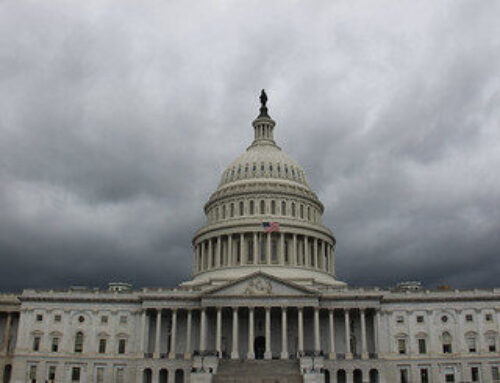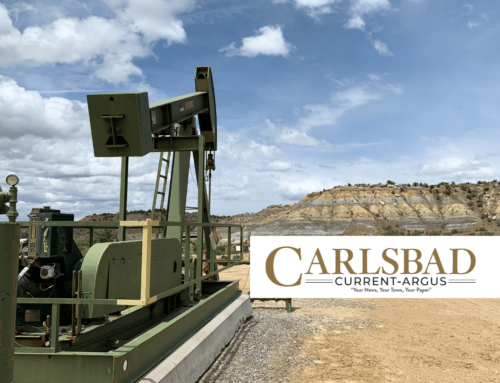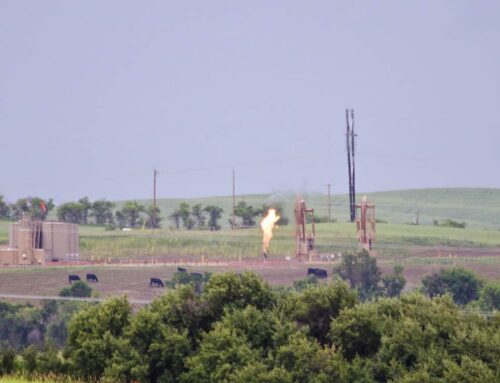On Thursday, June 9, the Senate Committee on Energy and Natural Resources held a hearing on “Federal Response to Escalating Wildfires and to Evaluate Reforms to Land Management and Wildland Firefighter Recruitment and Retention.” The hearing had four witnesses: Jeff Rupert, Director of the Interior Department’s Office of Wildland Fire; Kelly Norris, Interim state forester in the Wyoming State Forestry Division; Deputy Agriculture Chief of State, Private, and Tribal Forestry Jaelith Hall-Rivera; and Cardell Johnson, Director of Natural Resources and Environment at the Government Accountability Office.
On the day of the hearing, the skies in Washington D.C. and much of the Northeast were clouded gray with smoke from Canadian wildfires. Wildfires are a rapidly growing issue for American taxpayers; the frequency and destructiveness of wildfires are increasing. According to Chairman Manchin’s (D-WV) opening statement, more than half of the most destructive wildfires in U.S. history have occurred since 2018. The number of acres burned have also “doubled in the past 30 years and are forecast to double again in the next 30 years.”
In response to the rising threat of wildfires, federal spending has also ballooned. According to the Congressional Budget Office (CBO), annual federal spending on wildfire suppression was $728 million (in 2020 dollars) from FY1984 – FY1989. By FY2015 – FY2020, this amount had more than tripled to $2.5 billion annually. But as demands for suppression funding grew, funding for non-fire programs at the U.S. Forest Service, like mitigation and forest health programs, has failed to keep pace. As Ranking Member Barrasso (R-WY) said:
“It is unsustainable to keep throwing more and more money and resources at suppression without dramatically increasing mitigation. Waiting for our forests and communities to burn is not a defensible strategy… And that’s why, in this Committee, we have heard time and time again that federal agencies need to increase the pace and scale of fire mitigation. These increases cannot be incremental. Mitigation needs to increase by orders of magnitude.”
Fortunately, as Ranking Member Barrasso continued, “Congress has given agencies billions of dollars in additional taxpayer funding” to address this lack in funding. The Infrastructure, Investment, and Jobs Act (IIJA), also referred to as the Bipartisan Infrastructure Law, appropriated more than $7.3 billion to the Forest Service and Department of the Interior – $5 billion and $2.3 billion, respectively – for various existing and new wildfire risk mitigation and ecosystem restoration programs. The Inflation Reduction Act(IRA) included an additional $5 billion for the Forest Service, $1.8 billion of which was specifically for hazardous fuels reduction. While these appropriations improved the overall budget structure of the Forest Service, continued monitoring and agency spending oversight will be needed to evaluate the effectiveness of this spending.
Pre-sponding to disasters can better protect communities and save taxpayers money. According to a 2019 study by the National Institute of Building Sciences, every $1 invested in federal grants for fire mitigation at the wildland-urban interface – where houses and other development meet or mix with undeveloped natural areas – provides $3 in benefits.
Part of wildfire mitigation includes prescribed fires and letting naturally-occurring fires burns. For much of the last century, the Forest Service’s suppression-only policy has not only raised taxpayer costs, but has also left our forests vulnerable to bigger and more unmanageable fires. As Sen. Lee (R-UT) noted, “over the last century or so, we’ve had this paradox unfold in front of us, in which federal land managers have in some ways gone too far in aggressively suppressing the naturally occurring wildfires leading to overgrown and unhealthy forests.”
Wildland fire use —allowing natural wildfires to burn in remote, forested areas under close monitoring— can be cost-effective while also providing ecological benefits. According to Deputy Agriculture Chief of State, Private, and Tribal Forestry Hall-Rivera, “prescribed fire is absolutely critical to getting our landscapes back to a place where they can receive fire in a healthy way.”
Taxpayers for Common Sense highlights this and other Taxpayer Tools to Tackle Wildfire in our recent report, Clearing the Smoke: A Closer Look at Federal Spending and Programs on Wildfire.







Get Social